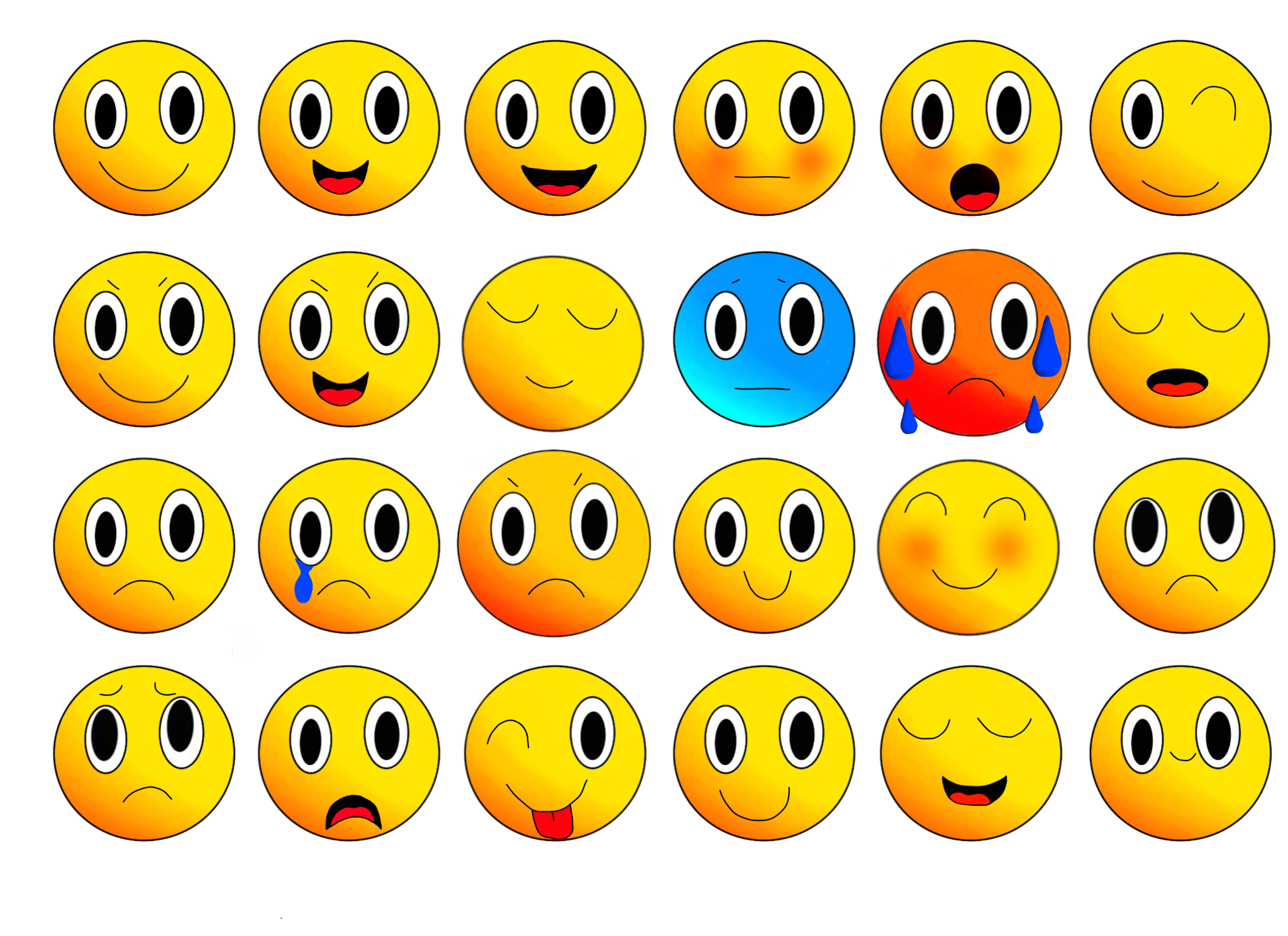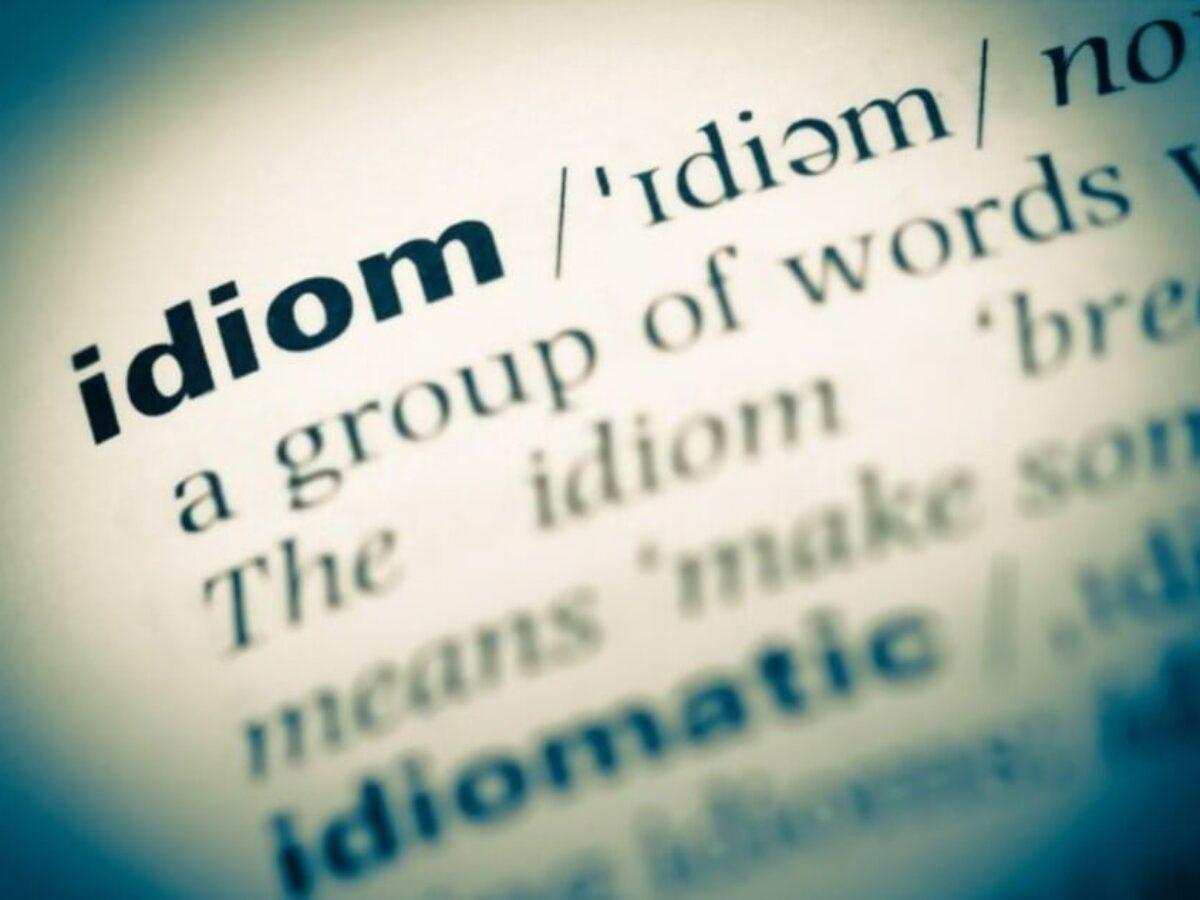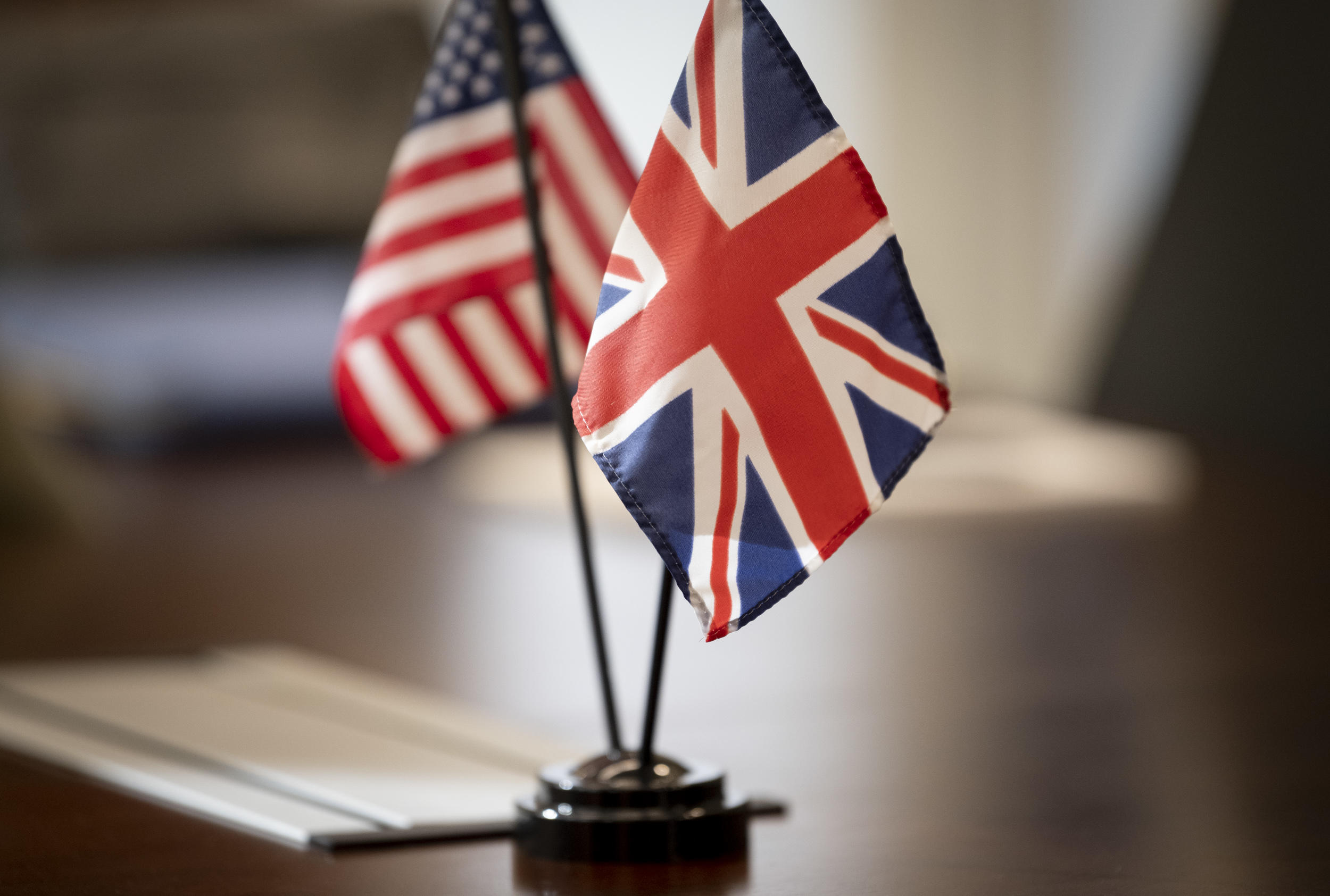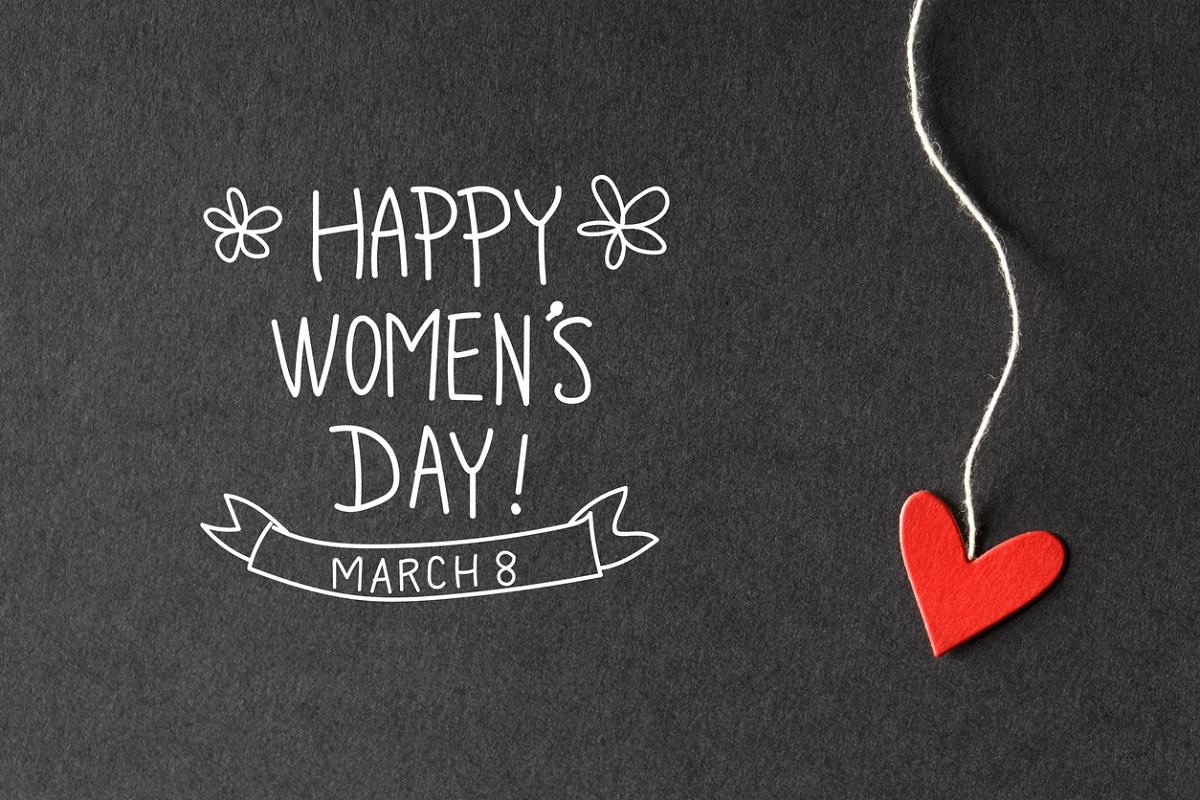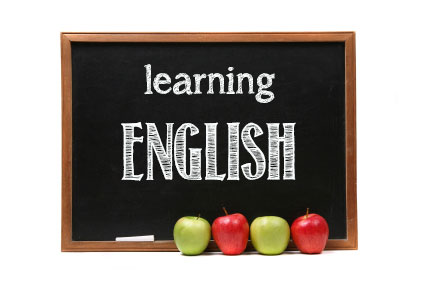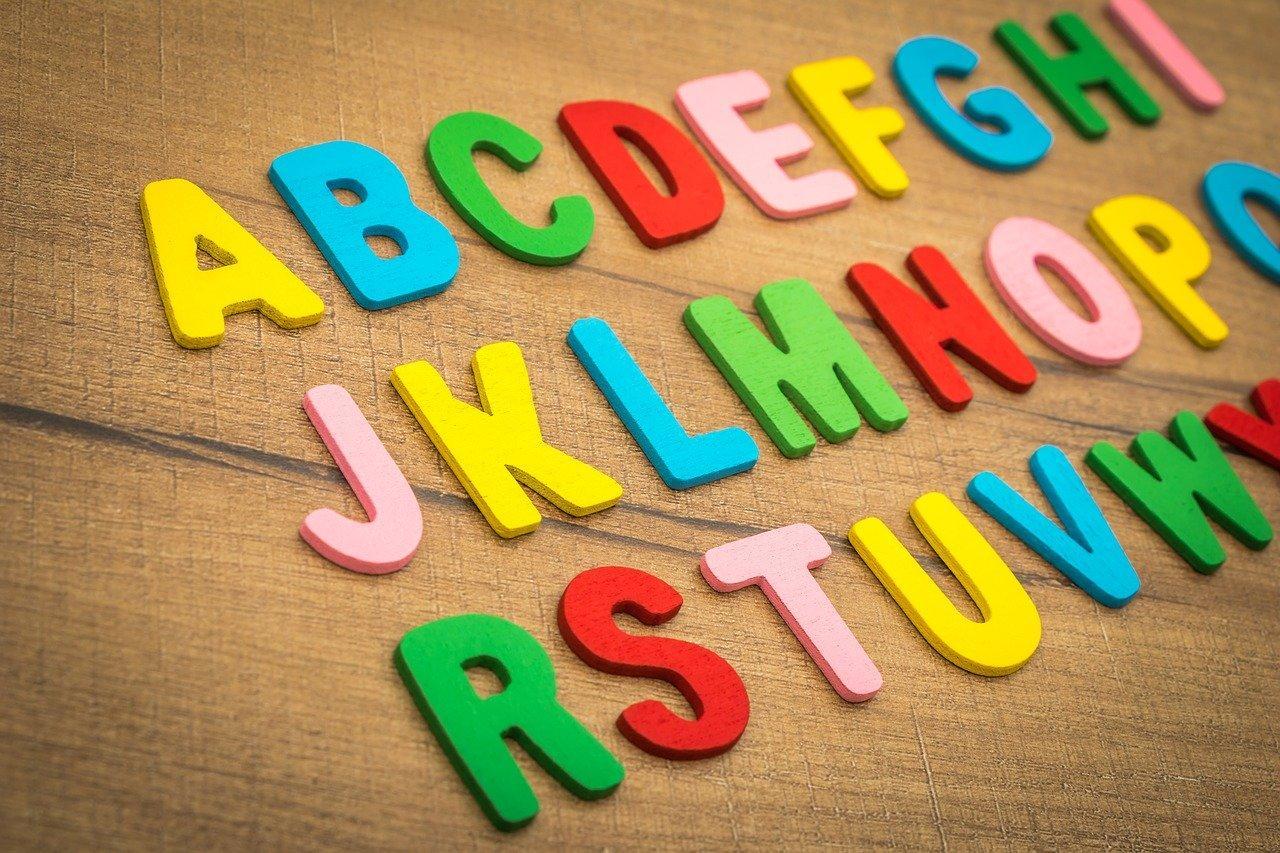Emojis are now an integral component of many individuals' daily communication, though their modern digital form has only existed since the late 1990s, originating within Japanese technology culture. The most recognized early emojis were created in 1999 by graphic designer Shigetaka Kurita, whose collection of 176 symbols was later acquired by the Museum of Modern Art in New York in 2016.
The term "emoji" is derived from a combination of Japanese words: "e" (meaning 'picture'), "mo" ('write'), and "ji" ('character'). This compound meaning aptly describes these small visual symbols, which connect to Japan’s kanji writing system.
In 1999, Shigetaka Kurita, the lead developer, created 176 emoji for the launch of the Japanese mobile internet service i-mode at NTT DOCOMO. At the time, text messages were limited to 250 characters, so emoji became a new way for people to express themselves creatively. Even if it's not the very first emoji set ever, it's at least the one that made emoji popular worldwide.
Unlike phonographic systems such as the Roman, Greek, or Cyrillic alphabets, this logographic script represents ideas rather than sounds.
Emojis in digital communication can be viewed as a significant expansion of the visual cues and symbols historically used by scribes and printers to engage readers. These symbolic markers, which evolved as literacy grew and written texts became more prevalent, functioned as efficient shorthand to convey meaning.

Top 20 Most Popular Emojis
Emojis are essential in digital communication, offering a dynamic and expressive means to enrich online interactions. While originally limited to informal use, their application has expanded into professional environments, demonstrating their flexibility. Emojis help convey emotions, provide clarity, and foster engagement, addressing nuances that text alone may struggle to express.
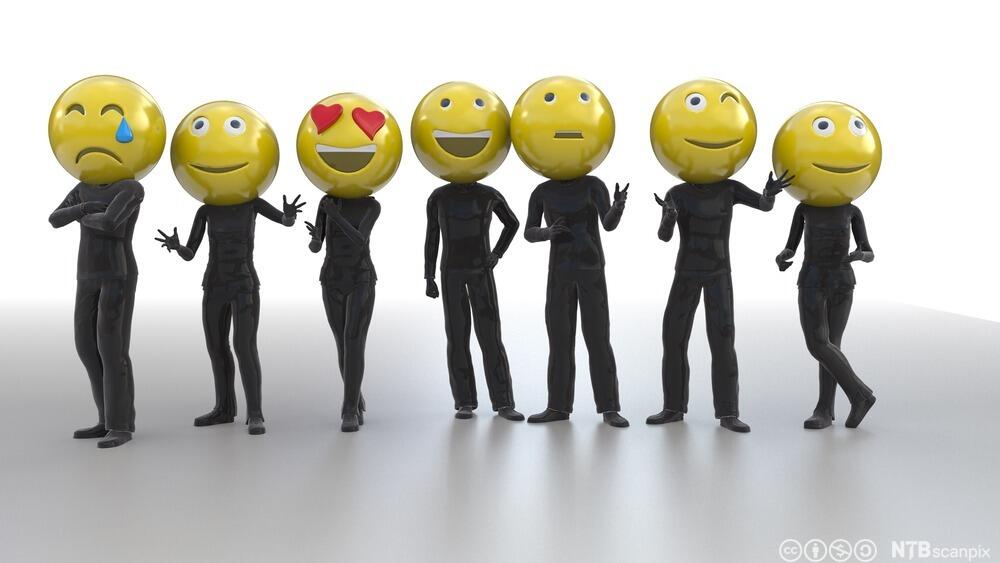
From strengthening emotional connections to enhancing brand messaging, they have become invaluable communication tools. Numerous platforms, such as Getemoji, Emojipedia, and iemoji, provide easy access and customization options, ensuring that emojis will continue to be a key element in both personal and professional communication. Here are the top 20 most popular emojis today.
| Emoji | Name | Description |
| 😁 | Grinning Face | It is a popular symbol representing happiness, joy, and friendliness. It conveys a cheerful mood and is used to express positivity or share good news, adding warmth and an inviting tone to conversations. |
| 🤣 | Rolling on the Floor Laughing | It depicts a tilted yellow face with a wide open mouth and closed eyes, symbolizing intense laughter. It is commonly used to express uncontrollable amusement in online conversations, offering a playful way to show something is extremely funny. |
| 😍 | Heart Eyes | It is used to convey love, admiration, infatuation, or excitement. Its versatility allows it to express a range of emotions, from affection and humor to genuine appreciation. This emoji adds emotional depth to messages, whether the intent is romantic, playful, or sincere, making it a powerful tool for enhancing emotional expression in communication. |
| 😎 | Sunglasses | It is often used to express coolness, confidence, or a relaxed attitude. It symbolizes style and composure, though its meaning can vary with context. This versatile emoji adds a sense of casual confidence, making it an effective tool for conveying self-assuredness in communication. |
| 🥰 | Smiling Face with Hearts | It shows a smiling face surrounded by hearts, representing love, admiration, and joy. It conveys warmth and affection, often used in romantic or friendly contexts to express deep fondness or happiness. This emoji adds a heartfelt and positive tone, making it ideal for sharing admiration or expressing contentment in messages. |
| 🙌 | Raising Hands | It features two hands lifted above the head, symbolizing celebration, excitement, or praise. It’s commonly used to express enthusiasm, gratitude, or encouragement. This emoji embodies positivity and is ideal for conveying happiness or appreciation in communication. |
| 🎉 | Party Popper | It depicts a bursting party popper, symbolizing celebrations and festive occasions. With colorful streamers, it conveys excitement, joy, and the lively spirit of special events. This emoji is perfect for expressing happiness and enthusiasm, capturing the celebratory mood of joyful moments. |
| 🤔 | Thinking Face | It represents contemplation, reflection, or questioning. It shows a face with a raised eyebrow and hand on the chin, signaling deep thought or deliberation. Its versatile use conveys pondering or considering different perspectives, making it ideal for expressing thoughtful opinions in conversation. |
| 😂 | Face with Tears of Joy | It is widely used to represent intense laughter and amusement. Depicting a face with closed eyes and tears streaming down, it signifies laughter so strong it brings tears. This emoji is perfect for conveying extreme humor and joy, illustrating a genuine and wholehearted response to something funny. Use it to share moments of hearty laughter and express amusement with others. |
| 👍 | Thumbs Up | It is a widely recognized symbol of approval, agreement, and positivity. Featuring a raised thumb, it expresses support, consent, or satisfaction. Commonly used to endorse or encourage, it conveys that something is favorable or meets approval. |
| 🥳 | Partying Face | It depicts a smiling face with a party hat and horn, symbolizing celebration, joy, and fun. It conveys a festive mood and excitement, adding enthusiasm and a lively touch to conversations. |
| 🤩 | Star-Struck | It shows a face with star-shaped eyes and a wide smile, symbolizing admiration, excitement, or awe. It conveys amazement and wonder, often used to express being mesmerized or deeply impressed by someone or something, adding enthusiasm to your message. |
| 😒 | Unamused Face | It displays a flat, skeptical expression, commonly used to show dissatisfaction, annoyance, or disinterest. With raised eyebrows, a downturned mouth, and narrowed eyes, it conveys doubt or mild irritation. Its meaning can vary with context, making it a useful tool for expressing subtle emotions and adding depth to text-based conversations. |
| 😇 | Smiling Face with Halo | It depicts a smiling face with a glowing halo, symbolizing innocence, goodness, and virtuous behavior. It is often used to convey purity, kindness, or to suggest angelic qualities. The halo adds a sense of righteousness, making it perfect for expressing gratitude, innocence, or a touch of charm in your messages. |
| 🙏 | Folded Hands | It depicts two hands pressed together, symbolizing prayer, gratitude, respect, or mindfulness. Often used to express spiritual or sincere sentiments, it conveys appreciation, thoughtfulness, and reverence. Common in religious or reflective contexts, this emoji represents genuine emotions and well wishes. |
| 😭 | Loudly Crying Face | It communicates powerful emotions, whether it be deep sorrow or immense happiness when words are insufficient. |
| 😘 | Face Throwing a Kiss | This charming and affectionate emoji is used to share virtual kisses and show your love. |
| 🔥 | Fire | When something is exciting or remarkable, this emoji sparks the conversation, adding a burst of energy and intensity. |
| 🤦 | Face Palm | For instances of pure frustration or disbelief, the facepalm emoji offers an ideal visual response. |
| 🙄 | Face with Rolling Eyes | In moments of sarcasm or boredom, the eye-rolling emoji injects a hint of wit and exasperation into your message. |
Emojipedia, a platform akin to Wikipedia for emojis, was established in 2013. It not only provides information on the meaning of individual emojis but also showcases their appearances across different operating systems and platforms. The blog regularly updates on new trends, statistics, and research surrounding emojis.
Gen Z Popular Emojis
Generation Z, born between 1996 and 2010, is the demographic group following millennials and preceding Generation Alpha. Often dubbed "digital natives," Gen Z is the first generation to have grown up with constant internet access, which has greatly influenced their identity and behavior. Their formative years have been shaped by key global events and trends, such as the rise of social media, climate change awareness, economic challenges, and the COVID-19 pandemic. These experiences have fostered a unique worldview, particularly focused on digital connectivity, environmental responsibility, and social activism.
Gen Z's Identity and Culture
Generation Z has grown up in an era marked by rapid technological advances, shifting social norms, and significant global challenges. They have embraced technology from an early age, using social media and the internet as integral parts of their lives, making them distinct from earlier generations who experienced the rise of the internet later in life. Their concerns about climate change, economic uncertainty, and social justice have led to an activism-oriented mindset, shaping their approach to both personal and professional aspects of life.
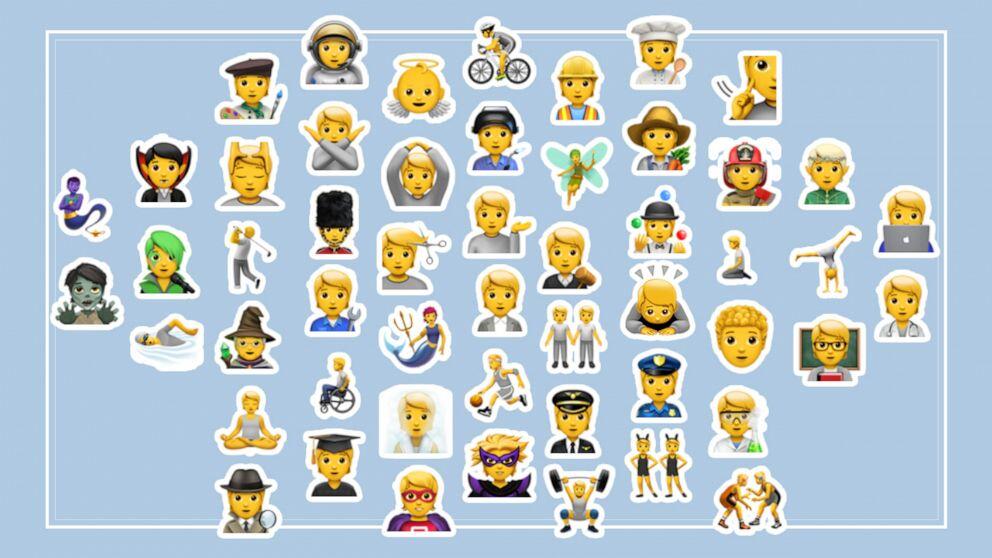
Popular Gen Z Emojis
Generation Z's lexicon reflects their digital-native status and their penchant for humor, authenticity, and creativity in online interactions. They have embraced emojis as an integral part of digital communication, often giving these symbols new and evolving meanings. Below are some of the most popular emojis used by Gen Z and their associated meanings:
1. 😂 (Face with Tears of Joy)
- Meaning: Expresses uncontrollable laughter or amusement. Often used to show something is hilariously funny.
- Usage: For reactions to jokes, funny situations, or sarcastic comments.
2. 💀 (Skull)
- Meaning: Signifies "I'm dead," often used to indicate something is so funny that it "killed" them with laughter.
- Usage: A hyperbolic way to express laughter, similar to "LOL" but more dramatic.
3. 🔥 (Fire)
- Meaning: Indicates something is excellent, impressive, or "hot" (in terms of trends or attractiveness).
- Usage: To compliment someone or describe something cool, fashionable, or noteworthy.
4. 👀 (Eyes)
- Meaning: Signifies interest, curiosity, or attention. Often used to point out something intriguing or surprising.
- Usage: When something catches your attention or you’re subtly noticing or observing something.
5. ✨ (Sparkles)
- Meaning: Adds emphasis to something special, exciting, or beautiful.
- Usage: To make an ordinary statement seem more magical or positive (e.g., “✨Vibes✨”).
6. 🙄 (Face with Rolling Eyes)
- Meaning: Represents sarcasm, frustration, or boredom. Often used when something is perceived as annoying or unimpressive.
- Usage: To show disbelief or mild irritation.
7. 🤡 (Clown)
- Meaning: Self-deprecation or calling out someone’s foolish or embarrassing behavior.
- Usage: When referring to a silly mistake or when someone feels foolish for their actions.
8. 😭 (Loudly Crying Face)
- Meaning: While it can represent crying, it’s often used to exaggerate feelings of joy, sadness, or frustration.
- Usage: To express extreme emotions like overwhelming laughter or emotional moments.
9. 💅 (Nail Polish)
- Meaning: Represents nonchalance, confidence, or sass. Often used when someone is unbothered or confidently handling a situation.
- Usage: To indicate self-assuredness or to downplay a situation with flair.
10. 🫶 (Heart Hands)
- Meaning: Represents love, affection, or appreciation.
- Usage: To show care, admiration, or support, especially in heartfelt conversations.
11. 🙏 (Folded Hands)
- Meaning: Used for prayer, gratitude, or to express hope.
- Usage: To thank someone, convey appreciation, or to seek support.
12. 🤔 (Thinking Face)
- Meaning: Shows contemplation, curiosity, or skepticism.
- Usage: When thinking about something or questioning a statement.
13. 🥺 (Pleading Face)
- Meaning: Conveys a request, puppy-dog eyes, or a sense of longing. It can express vulnerability or pleading.
- Usage: Often used in a cute or endearing context to seek favor or sympathy.
14. 👻 (Ghost)
- Meaning: Can represent ghosting (disappearing without explanation), or something spooky or mysterious.
- Usage: To describe disappearing from a conversation or acting unpredictably.
15. 😩 (Weary Face)
- Meaning: Represents exhaustion, frustration, or being overwhelmed.
- Usage: To show you're tired or fed up with something, whether it’s physical or emotional fatigue.
16. 🤑 (Money-Mouth Face)
- Meaning: Indicates excitement over money, wealth, or success.
- Usage: To express a desire for money or to boast about financial success.
17. 🌈 (Rainbow)
- Meaning: Represents happiness, positivity, or inclusivity, especially about the LGBTQ+ community.
- Usage: To express optimism, pride, or celebration of diversity.
18. 😎 (Smiling Face with Sunglasses)
- Meaning: Symbolizes coolness, confidence, or laid-back vibes.
- Usage: To express a sense of style, confidence, or approval of something “cool.”
19. 🤯 (Exploding Head)
- Meaning: Represents shock, surprise, or being mind-blown.
- Usage: When something is astonishing or unbelievable.
20. 🫠 (Melting Face)
- Meaning: Used to show embarrassment, awkwardness, or feeling overwhelmed humorously.
- Usage: For situations that make you feel awkward or when you're dealing with something uncomfortable but in a lighthearted manner.
| Word | Meaning |
| Slay | Meaning: To do something exceptionally well or to look fantastic while doing it. Example: "You absolutely slayed that presentation!" Context: Often used as a compliment for someone excelling in an activity, whether it's about fashion, performance, or general actions. |
| No Cap | Meaning: No lie, or to indicate that something is true or serious. Example: "That movie was amazing, no cap." Context: Derived from "capping" (meaning lying), this phrase emphasizes honesty and sincerity. |
| Bet | Meaning: Used to confirm agreement or to say "okay" or "yes" in a confident manner. Example: "Are we going to the party tonight?" "Bet!" Context: Similar to saying "sure" or "definitely," it often signals enthusiasm or acceptance of a plan or idea. |
| Rizz | Meaning: A term for charm or ability to attract others, especially in a romantic context. Example: "He’s got major rizz; everyone likes him." Context: Short for "charisma," this term is often used to describe someone’s flirtation skills or general likability. |
| Sus | Meaning: Suspicious or shady behavior. Example: "That guy's been acting kinda sus lately." Context: Popularized through gaming communities, particularly "Among Us," where players accuse others of suspicious actions. It's now used to point out odd or questionable behavior. |
| Mid | Meaning: Mediocre or average, not great but not terrible. Example: "That movie was mid at best." Context: Used to downplay something that doesn't meet high expectations or standards. |
| Drip | Meaning: Refers to someone’s stylish or fashionable appearance. Example: "Check out his drip; those sneakers are fire." Context: Originating from hip-hop culture, "drip" signifies high-quality fashion, especially streetwear. |
| Lit | Meaning: Exciting, fun, or excellent. Example: "Last night’s concert was lit!" Context: Commonly used to describe an event or situation that is lively or thrilling. |
| Stan | Meaning: To be an enthusiastic or obsessed fan of someone or something. Example: "I stan that artist so much; they’re amazing." Context: Originally derived from the Eminem song “Stan,” the term has come to mean extreme admiration or support for a celebrity, brand, or hobby. |
| Savage | Meaning: Describes someone who is brutally honest or acts with boldness and confidence. Example: "She told him off in front of everyone, that was savage." Context: Often used to describe unapologetically straightforward people, to the point of being impressive or entertaining. |
How to Use Emojis Properly: The Emoji Keyboard
An emoji keyboard is a tool, either virtual or physical, that allows users to insert emojis—small icons used to represent emotions, ideas, or concepts—into their text. Unlike traditional keyboards that focus on letters, numbers, and punctuation, emoji keyboards provide a dedicated space for browsing and selecting emojis.

Virtual Emoji Keyboards
Virtual emoji keyboards are typically built into operating systems and applications. They appear as a panel or overlay when activated through specific commands or buttons. For example:
- Windows: Pressing Windows key + period (.) or Windows key + semicolon (;) opens the emoji keyboard.
- Mac: Pressing Control + Command + Space opens the emoji viewer.
On mobile devices, emoji keyboards are usually integrated into the system’s virtual keyboard, accessible via a button such as a smiley face icon.
Physical Emoji Keyboards
Some physical keyboards are designed with emoji buttons, enabling quick input of popular emojis, and making it convenient for frequent users.
Accessing Emojis on a Computer
To easily insert emojis on a computer, users can access a virtual keyboard or an emoji window. This enables them to select from a variety of emojis and symbols. Below are instructions for using emoji panels on different operating systems.
Emoji Panel in Windows
To use emojis in Windows, open the built-in emoji panel within the application you're typing in. For instance, in Microsoft Word, Notepad, or Edge, pressing Windows key + period (.) or Windows key + semicolon (;) opens the emoji panel. From there, users can choose emojis, kaomojis, and symbols by selecting the smiley icon and scrolling through categories like "People" or "Food." You can also search by typing an emoji’s name, such as "burger," to find it quickly.
Emoji Insertion on a Mac
On a Mac, inserting emojis is simple. Click on the text field where you wish to add an emoji, then press Command + Control + Space to open the emoji panel. Browse through the available emojis and click to insert your selection into the text.
Using the Numeric Keypad for Symbols on Windows
Emojis can be inserted using the numeric keypad on Windows by holding the Alt key and typing specific numeric codes. For example:
- Em-dash (—): Alt + 0151
- Copyright symbol (©): Alt + 0169
You can find extended lists of Alt codes online for additional symbols.
Character Viewer on Mac
Mac users can access a wide range of emojis by following these steps:
- Click on a text field.
- Press Control + Command + Space to open the Character Viewer.
- Browse through categories like punctuation or currency symbols, and click to insert the character.
This provides quick access to emojis and other special characters without leaving the workspace, enhancing the user’s ability to personalize their text efficiently.
Emojis: The Universal Language of Digital Communication
Emojis have evolved from a simple set of symbols into a global communication tool that transcends language barriers and enhances both personal and professional digital interactions. From their origins in Japanese technology culture to their widespread integration into everyday online communication, emojis now serve as essential visual aids that convey emotions, tone, and meaning where words might fall short. Generation Z has been instrumental in driving their popularity, using them creatively to express humor, authenticity, and connection. As emojis continue to develop in diversity and complexity, their role in modern communication will undoubtedly remain significant, enriching our digital conversations in unique and impactful ways.

